Exploring the world of art, history, science and literature. Through Religion

Welcome to TreasureQuest!
Look through the treasures and answer the questions. You’ll collect jewels and for each level reached, earn certificates.
How far will you go?
You need an adult’s permission to join. Or play the game without joining, but you’ll not be able to save your progress.



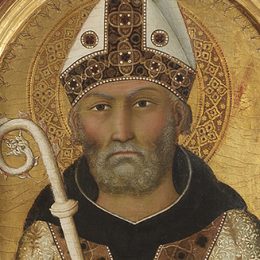


Are there links to current religious practices or a modern equivalent?
Mass remains a central part of the Christian liturgy in the Anglican and Catholic traditions, although the particular aspects of the ritual have been revised several times since the fourteenth century. Then as now, the mass focuses on a small, flat wafer of unleavened bread, which is believed to be miraculously transformed in the hands of the celebrating priest, into the body and blood of Christ, (although its external appearance remains unchanged). Altarpieces combining saints with prominent images of Christ and the Virgin are still common in many churches today.

Where is it from, where is it now?

Websites
Fitzwilliam – Pharos Collection
Both the Fitzwilliam collections page and Pharos website offer further information and a reconstruction of the three Cambridge panels with their companions in Cologne and Florence.
National Gallery
A general guide to Italian altarpieces is available on the National Gallery website.
Books
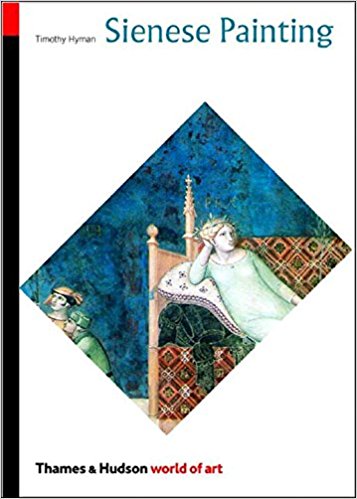
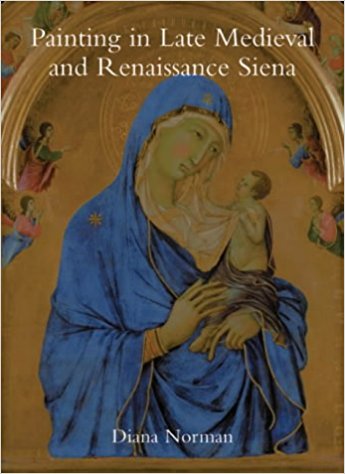
Painting in Late Medieval and Renaissance Siena (1260-1555)
Diana Norman
2003, Yale University Press[intermediate]



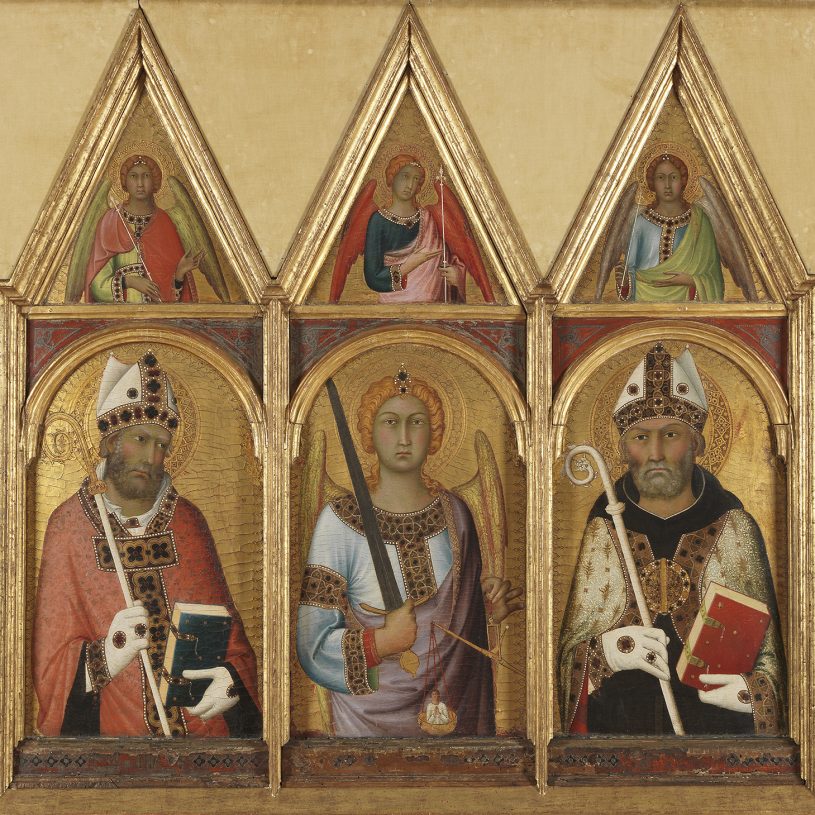
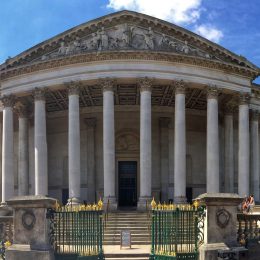





 Faculty of Divinity
Faculty of Divinity